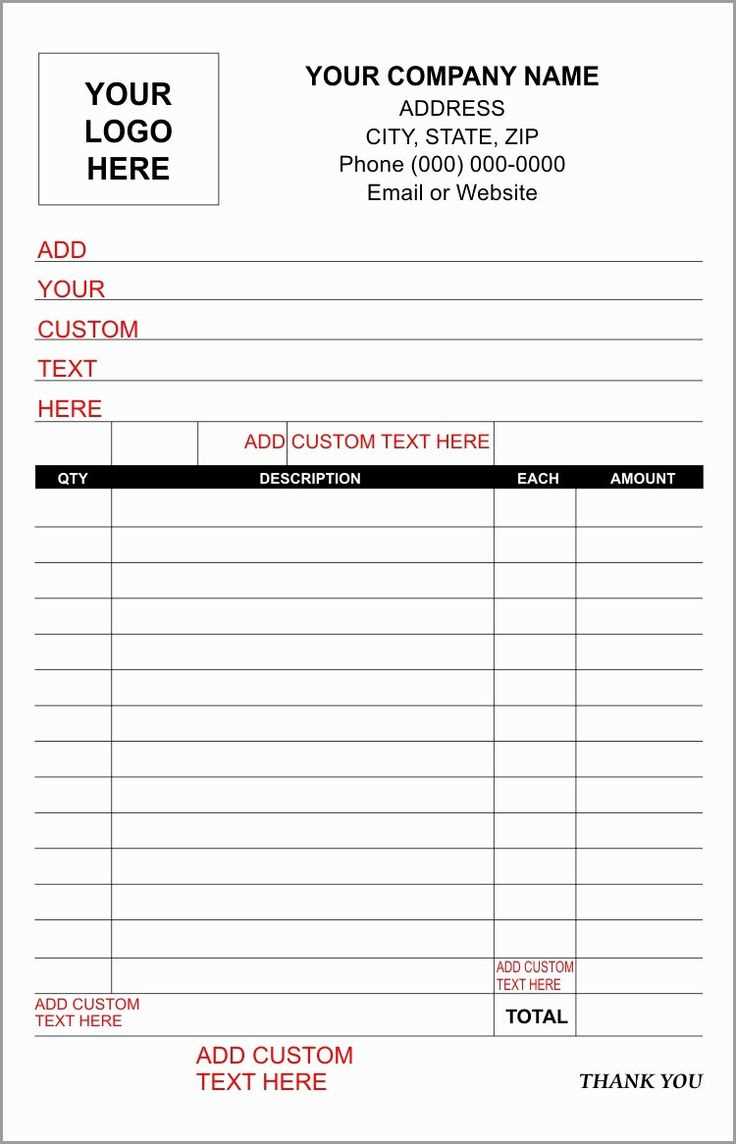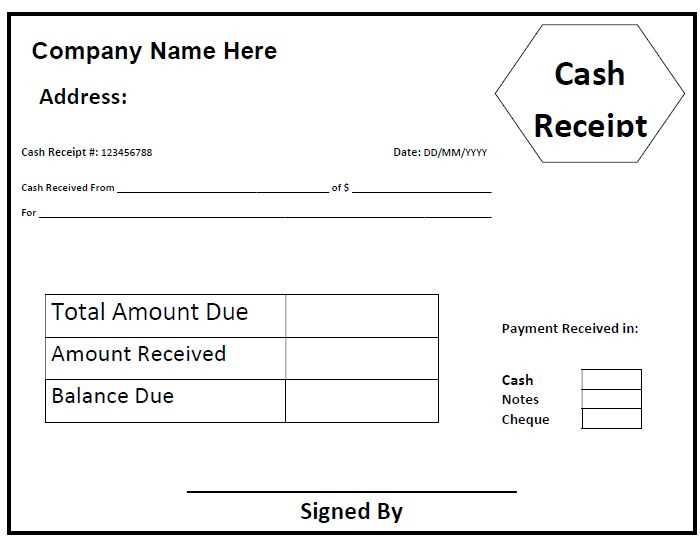
Creating a customer receipt of goods is straightforward with the right template. It allows you to confirm that a transaction has been completed and that the customer has received their purchased items in satisfactory condition. By using a free template, you save time on paperwork and ensure all necessary details are included for accurate records.
Make sure the receipt includes key information such as the customer’s name, date of purchase, list of items, and payment method. This is not just for record-keeping, but also helps in case the customer needs to make a return or claim. Including these details adds clarity and avoids confusion later on.
A well-structured template should also leave space for any additional notes or special instructions. This can be helpful for any custom orders or specific delivery details. Take advantage of free templates to streamline your processes and stay organized, making your transactions more efficient and transparent.
Customer Receipt of Goods Free Template
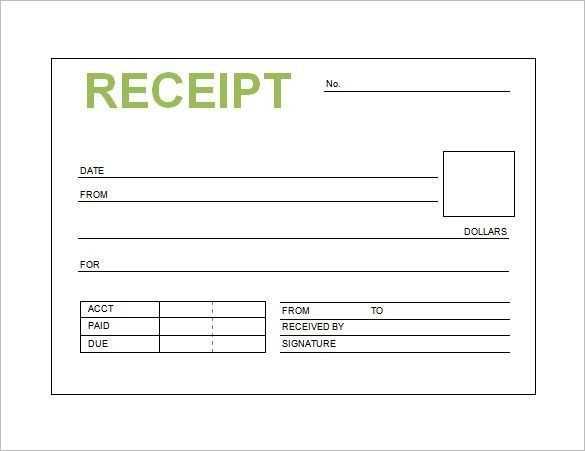
Use this template to confirm the receipt of goods by your customers. It ensures both parties have clear documentation and helps prevent misunderstandings regarding the delivery. You can customize it to suit your needs, including adding specific product details and delivery instructions. The template includes essential information like the date of delivery, the name of the customer, and the item descriptions.
Template Structure
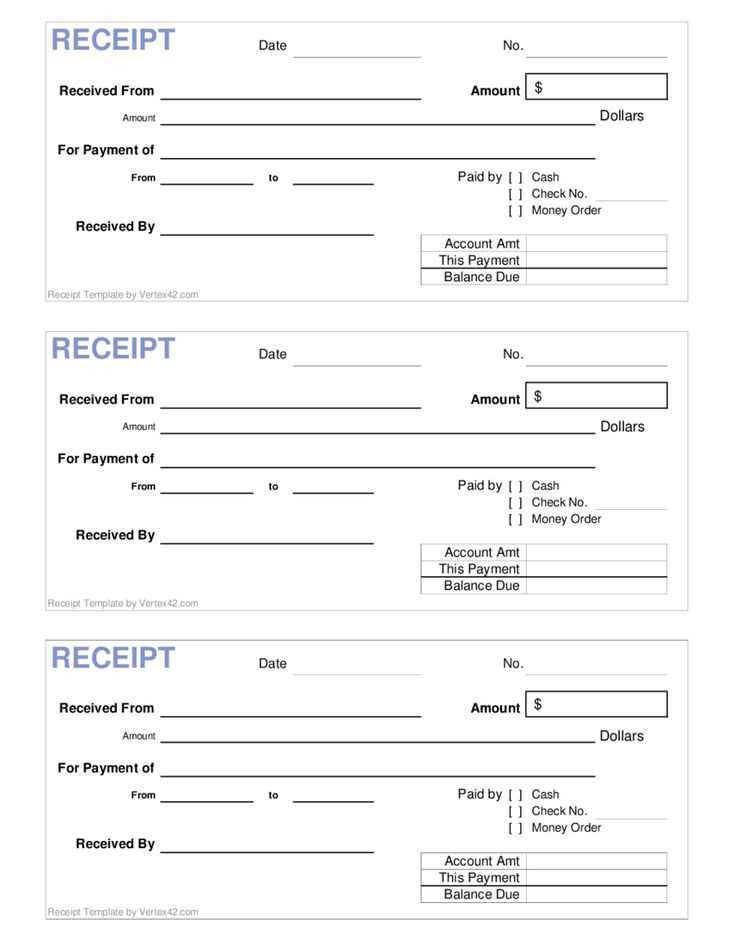
The basic structure of a customer receipt should contain the following fields:
- Customer Name – The full name of the customer receiving the goods.
- Delivery Date – The exact date the goods were delivered.
- Item Descriptions – A list of the items received, including quantities, brands, or any distinguishing characteristics.
- Condition of Goods – A brief note on the condition of the items upon receipt, specifying any damage or issues noticed during delivery.
- Signature of Recipient – Space for the customer’s signature to acknowledge receipt.
How to Use This Template
To make it effective, ensure you fill in all the necessary details accurately. Avoid leaving any fields blank, especially in cases of partial deliveries or specific instructions. Make sure the customer signs and dates the receipt upon delivery. You can either print a physical copy or send it electronically, depending on the agreement with your customers.
How to Design a Clear and Functional Customer Receipt Template
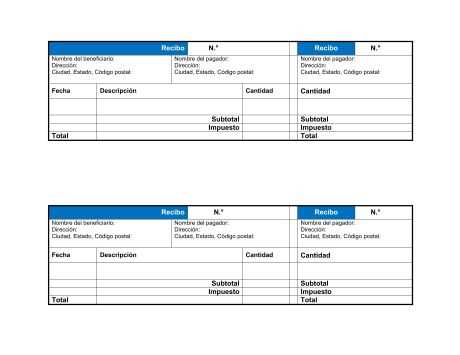
Focus on simplicity and readability when designing a receipt template. Keep the layout clean and structured, with well-defined sections such as the store name, address, and contact details at the top. This ensures the customer can easily access important information at a glance.
Make sure to include the itemized list of products or services purchased, along with their prices. Use columns for item description, quantity, and total cost, ensuring the text is legible and properly aligned. Avoid clutter and unnecessary details that may distract from the core information.
Clearly indicate the total amount paid, including taxes and any discounts, at the bottom of the receipt. Display this information in a larger, bold font to make it stand out. This will help prevent confusion and ensure that the customer knows exactly what they are paying for.
Provide a space for payment method information, whether it’s cash, credit card, or another form. If relevant, include the transaction number or order ID for easy reference in case of returns or inquiries.
Consider adding a thank-you note or a brief message at the bottom. It can create a more personalized touch without taking up too much space. Keep it short and friendly.
Test your receipt template by printing it and reviewing the layout. Ensure that all information is easily readable and aligned correctly. Make adjustments as needed to ensure a smooth and professional presentation.
Key Elements to Include in a Goods Receipt Template
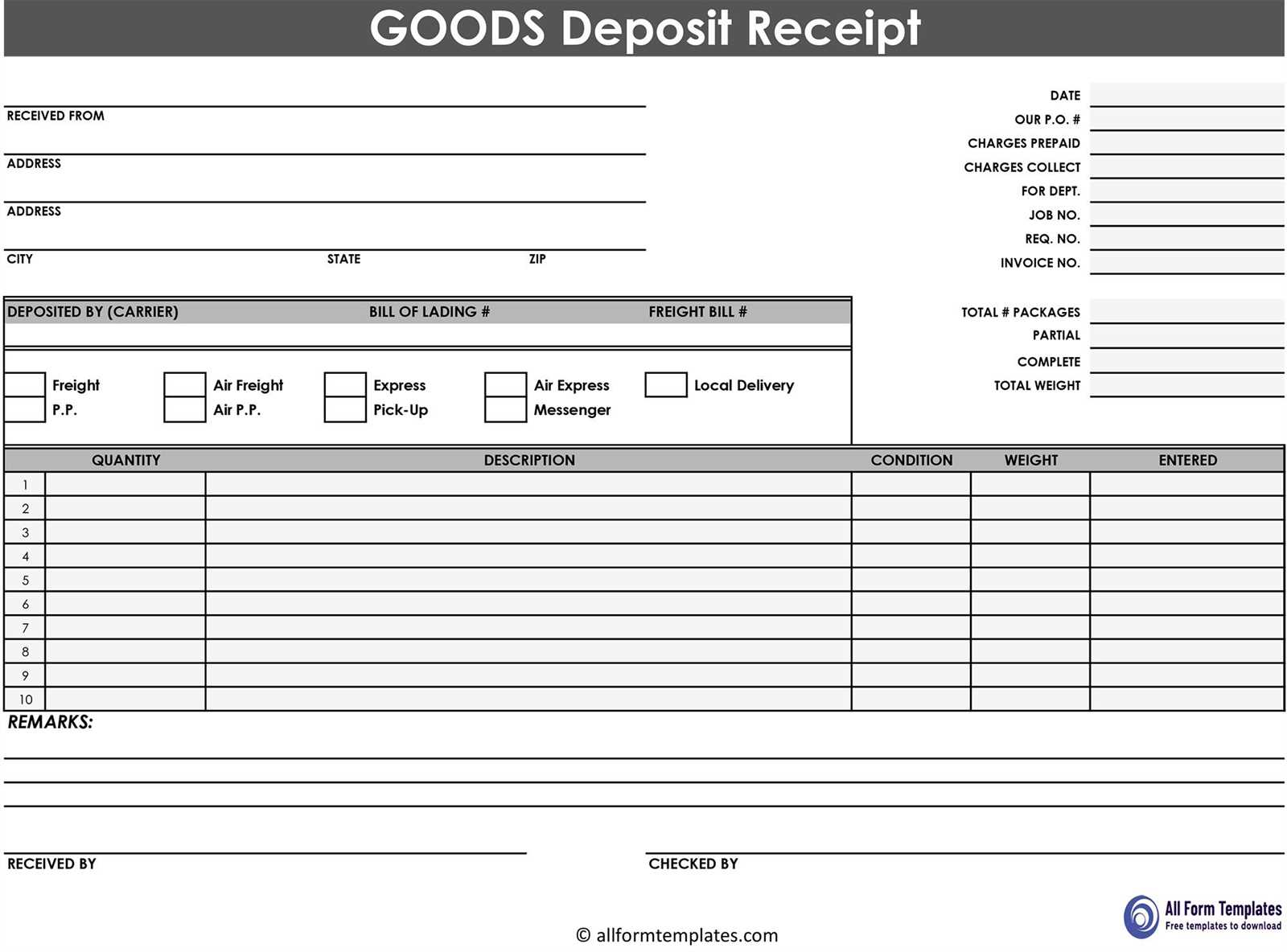
A clear and well-organized goods receipt template ensures accurate record-keeping and smooth operations. Here are the key elements that should be present:
- Receipt Number: A unique identifier for each transaction helps track goods efficiently.
- Date of Receipt: Record the exact date the goods are received to avoid confusion in inventory management.
- Supplier Information: Include the name, address, and contact details of the supplier for future reference.
- Purchase Order Number: This links the goods received to the corresponding purchase order for easy verification.
- Item Details: List each item, including its description, quantity received, and unit of measure.
- Condition of Goods: Indicate whether the goods are in good condition or if any damages were noted during the receipt process.
- Authorized Signatures: Have space for signatures from both the receiving party and the authorized person from the supplier, confirming the transaction.
- Delivery Method: Specify how the goods were delivered, such as by truck, courier, or other means.
- Remarks/Comments: Any special instructions, discrepancies, or notes should be added for clarity and future reference.
By including these elements, the goods receipt template will provide a clear and reliable record of the goods received, reducing the risk of errors and disputes.
Legal Considerations and Compliance for Goods Receipts
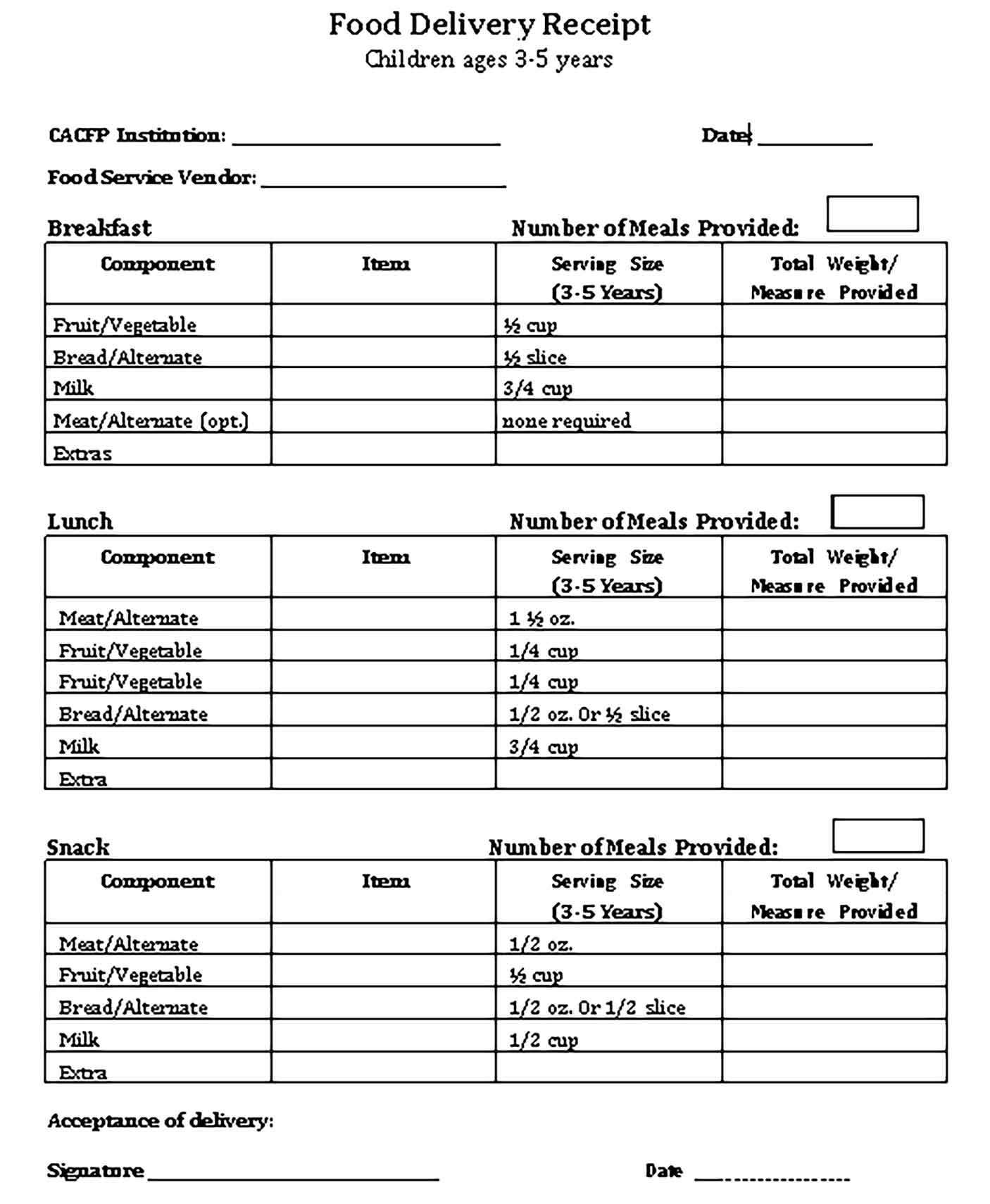
Ensure the goods receipt document complies with local trade regulations and is consistent with contractual terms. Both the buyer and seller must retain clear evidence of the transaction, including the delivery of goods and agreed terms. Include accurate descriptions of the items received, their quantity, and condition. This minimizes disputes and helps in claiming warranties or returns if necessary.
Verify that the document includes the buyer’s acknowledgment of receipt, which can be vital in case of future legal actions. Specify delivery dates, any deviations from the original order, and responsibility for damages that may have occurred during transportation.
Review compliance with tax regulations, especially regarding VAT or other applicable sales tax. Goods receipts should reflect the correct tax information, as errors may result in penalties. Keep in mind that international transactions may require additional documentation or certifications to meet import/export regulations.
Ensure that the receipt is signed and dated by an authorized person from the receiving party. Digital signatures are acceptable in many jurisdictions, but it’s important to check the legal requirements for the specific location.

